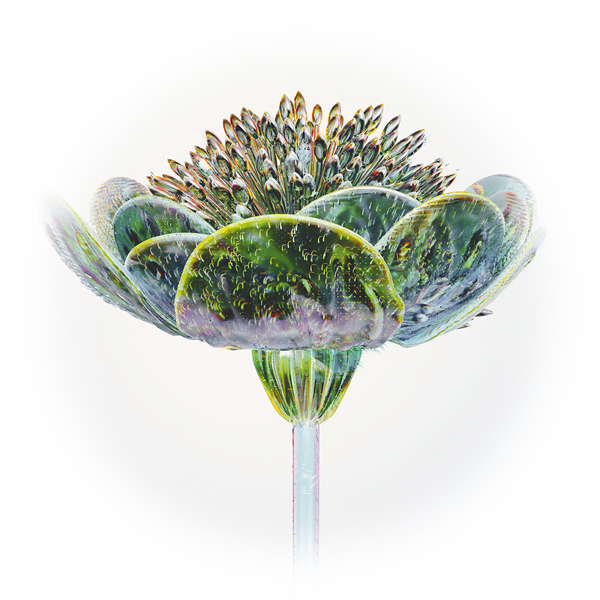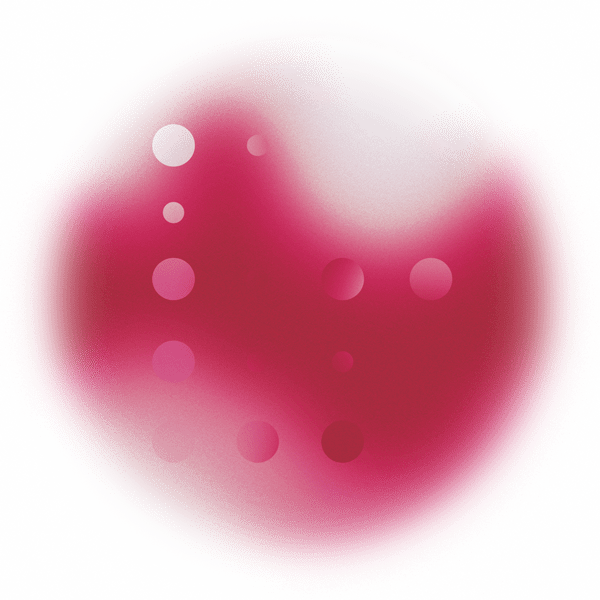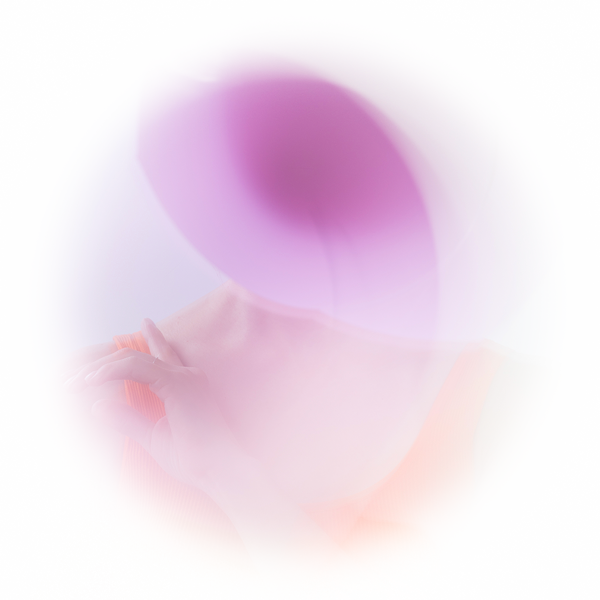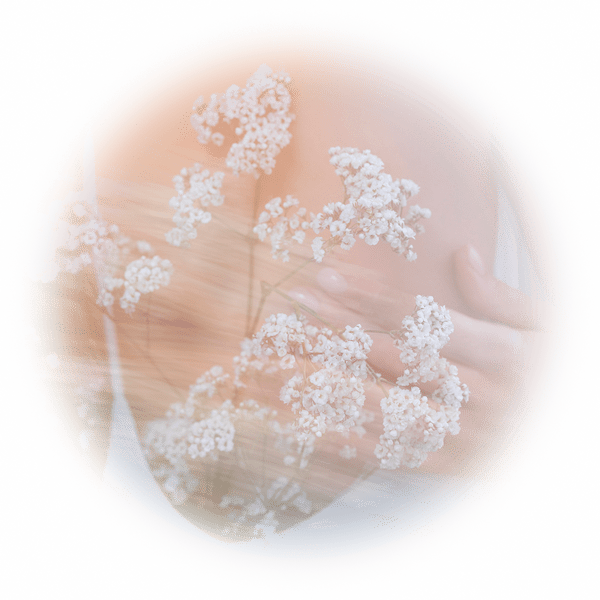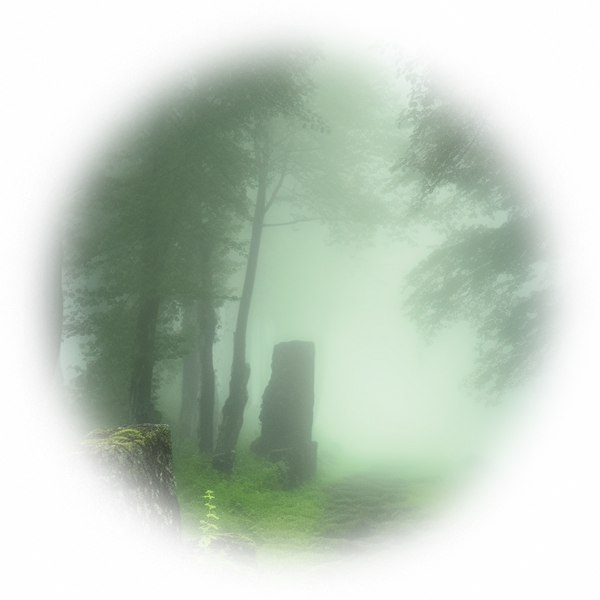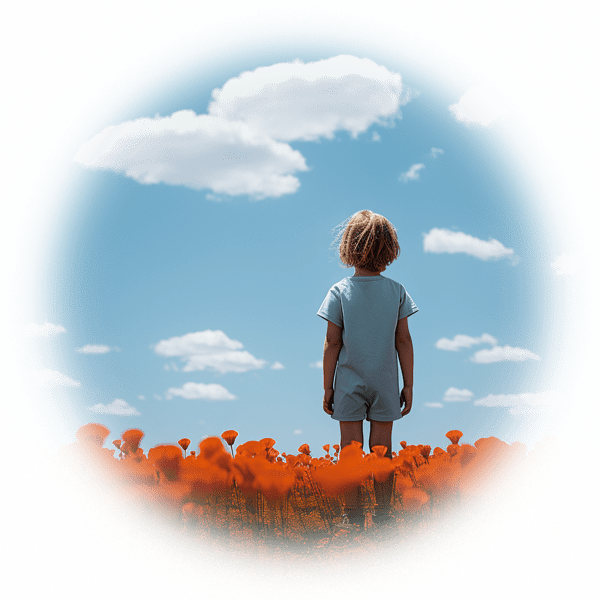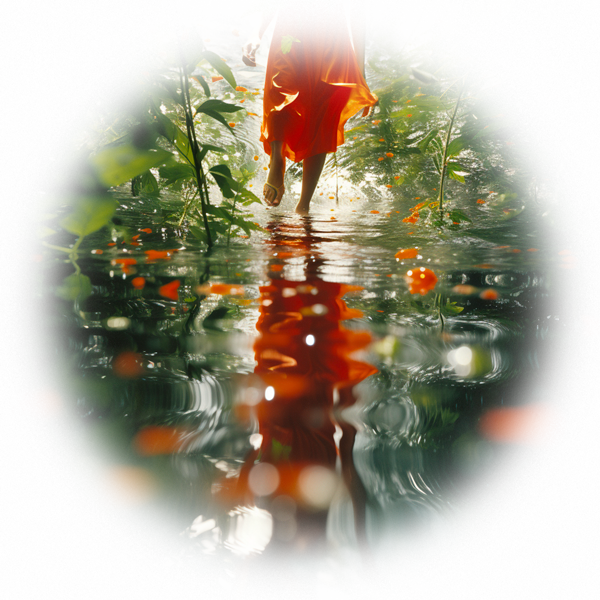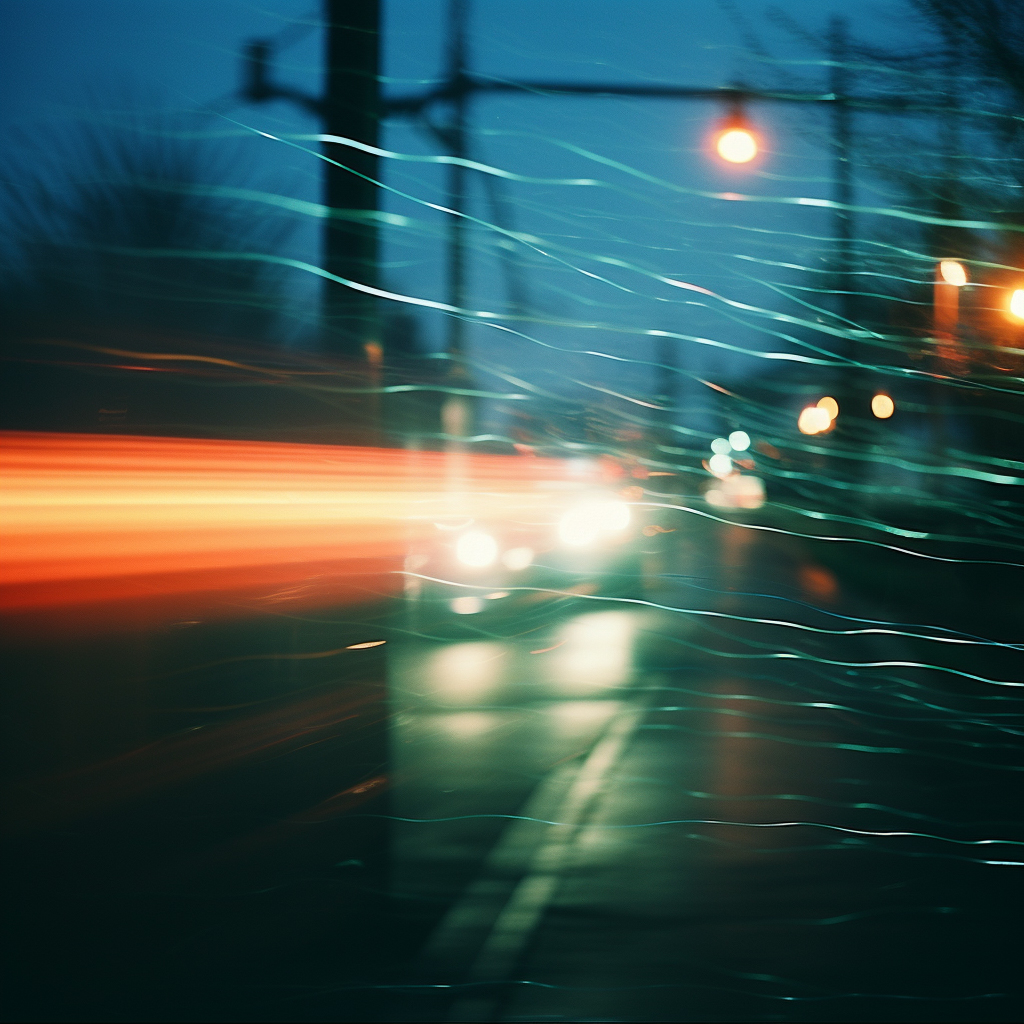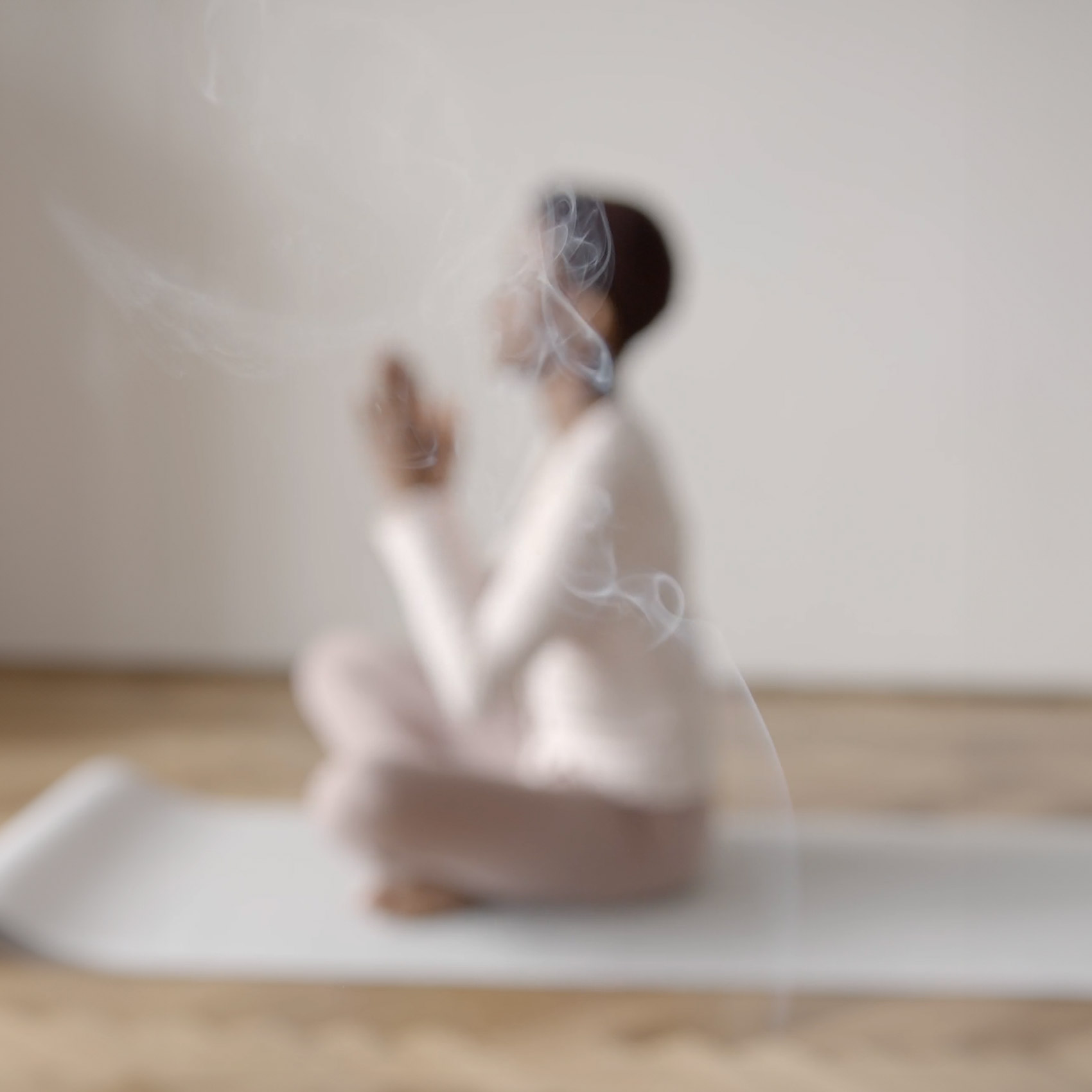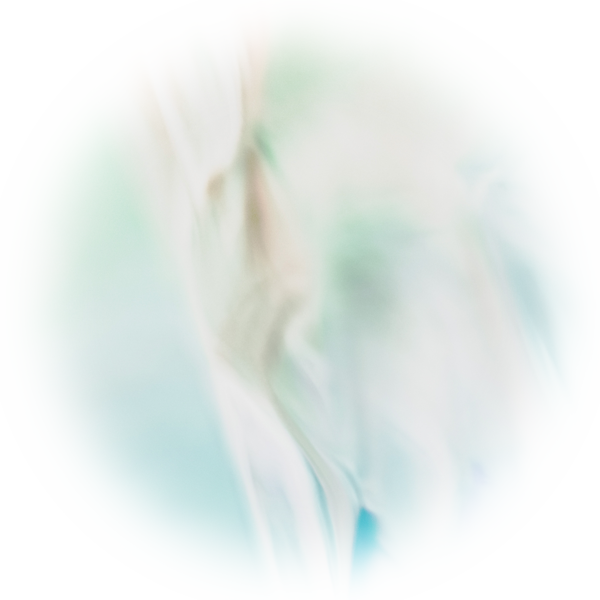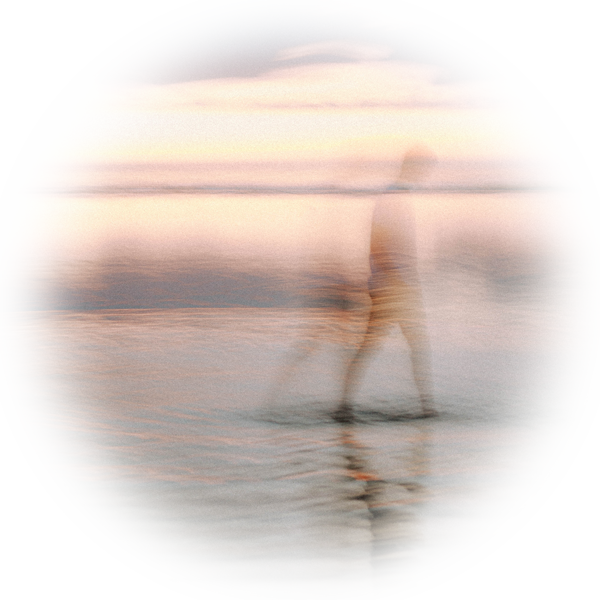Early on silent cinema became interested in revealing what takes place in secret when our eyes are shut. In 1926, Secrets of a soul by Georg Wilhelm Pabst already set out to translate a dream on screen thanks to the magic of the moving image. This fascination for dreams in cinema lies as much in the possibility of inventing singular narrative forms as in their potential for visual and sound experimentation. Dreams offer filmmakers a limitless space, where the imagination can flourish, where perceptions can be distorted and human emotions explored in depths.
Although the presence of smells in cinematographic dreams is difficult to account for, it is nevertheless notable that many onscreen dreams, visions and fantasies take on a floral form. At times, the unreal abundance of flowers in these dreamlike images can almost suggest delicate scents to the imagination. This is the case, for instance, in the iconic scene from American Beauty (1999) by Sam Mendes in which the young Angela, naked and swooning in a sea of red roses, appears to Lester Burnham in vision. The latter is so captivated by his fantasy that he can almost feel – and probably smell – rose petals raining down on his face and his pillow.
In Tim Burton’s Big Fish (2003), it is again a floral overflow which serves as the setting for Ed’s proposal to Sandra. The vast field of sunny daffodils in which the characters stand has all the characteristics of a dream, not unlike the many adventure stories told by the main character. A marvelous, multicolored carpet of flowers of quite unreal beauty also makes up the scenery of the last sequence of Sunshine Through the Rain, the first dream which makes up the segmented film Dreams (1990) by Akira Kurosawa.
Some of you may also remember the final scene of An American in Paris (1951) by Vincente Minelli, representative of the Dream Ballet – a danced interlude that allows a narrative break, with an often phantasmagorical tone. Jerry Mulligan, played by Gene Kelly, is carried away in a romantic, dancing reverie, in which he is joined by Lise Bouvier, Leslie Caron’s character. During one of the scenes, Jerry whirls around with Lise in the middle of a dreamlike Parisian flower market until the young girl suddenly changes into an enormous bouquet of fragrant blooms.
Flowers of all kinds also populate the lengthy dream of Alice in Alice in Wonderland. With their lively presence in the various adaptations of Lewis Carroll’s work – particularly those by the Disney studios in 1951 and by Tim Burton in 2010 -, viewers are led to imagine the multiple fragrances emanating from their large corollas to tickle the nose of a barely-larger-than-a-bee Alice.
Cinema is primarily an audiovisual medium. Yet attempts to enrich its sensory palette date back a long time. In the 1920s, after the addition of the soundtrack, introducing olfactory stimulation appeared as a logical step to strengthen the illusionist power of cinema. However, although prototypes intended to odorize films have multiplied since the 1930s, this dimension is still little exploited today. Maybe one day it will become a common feature in movie theaters, as it is in Aldous Huxley’s Brave New World (1932). Perhaps spectators will then be able to plunge into the fragrant meanders of the dreams presented on screen. Then all the roses, all the daffodils, and all the flowers dreamed up in films will smell once again.
